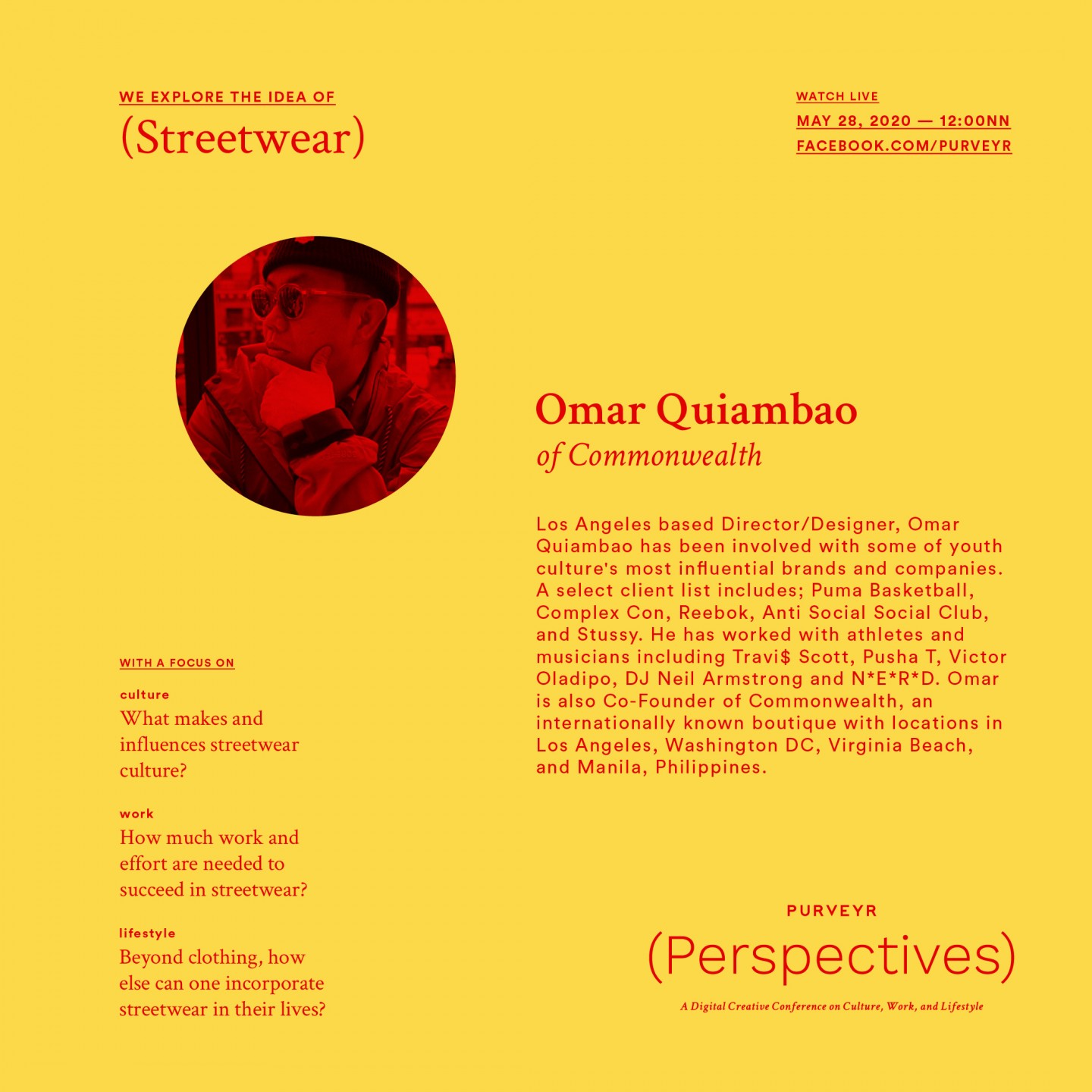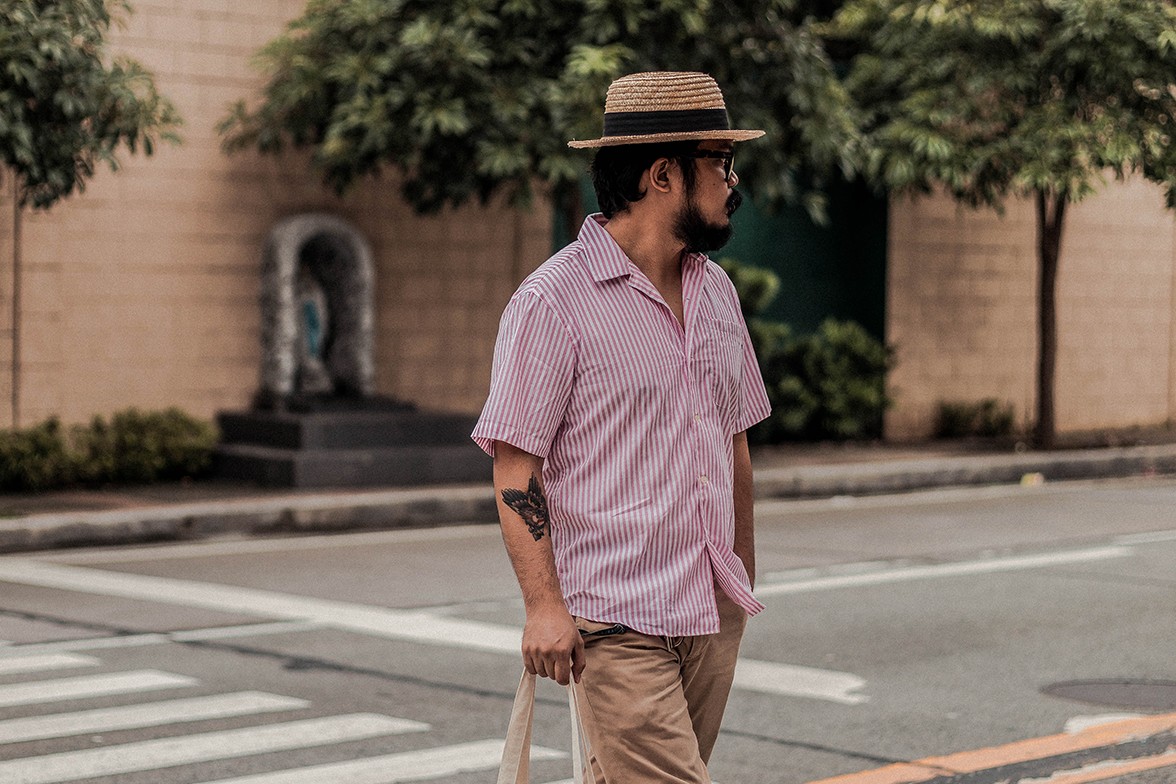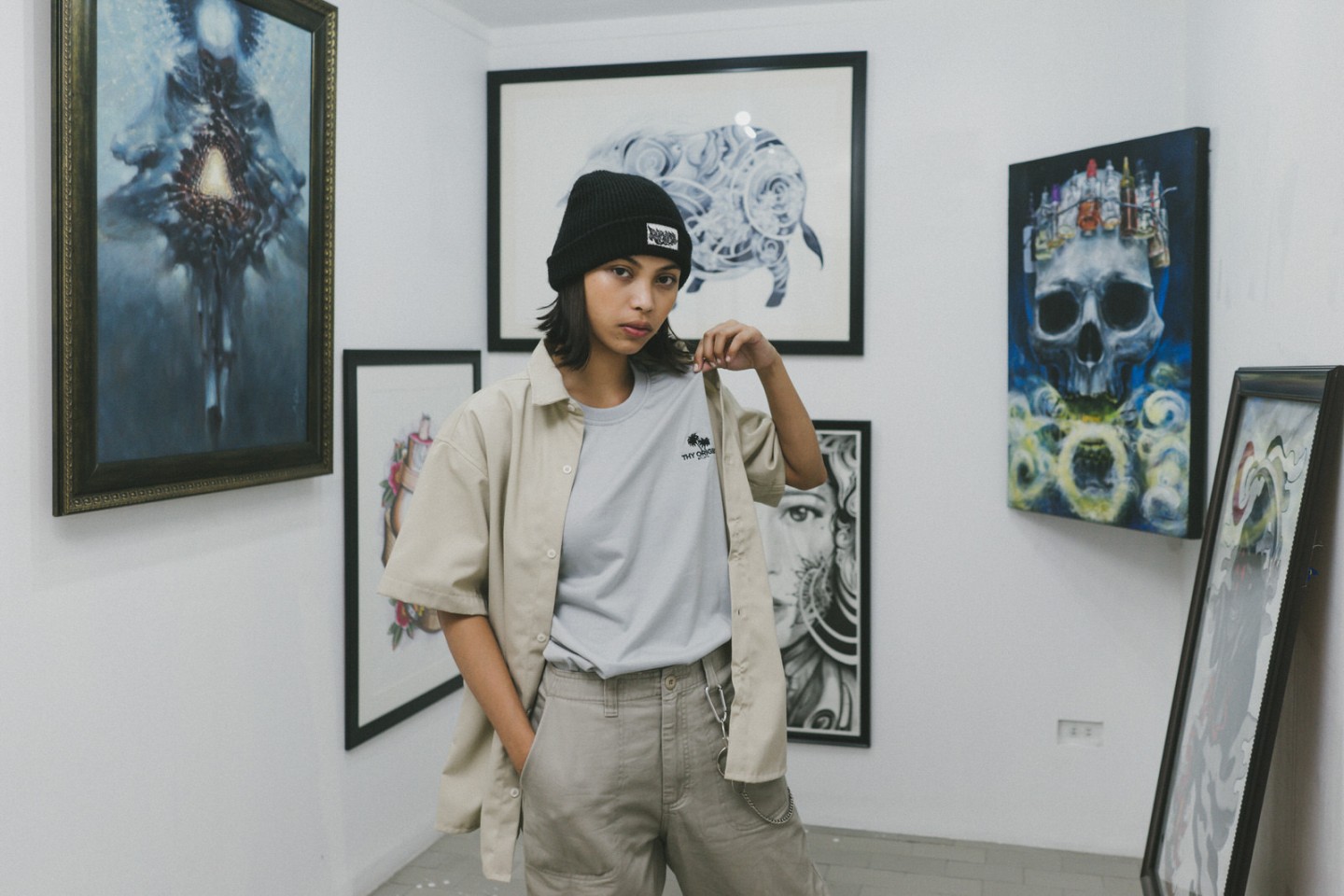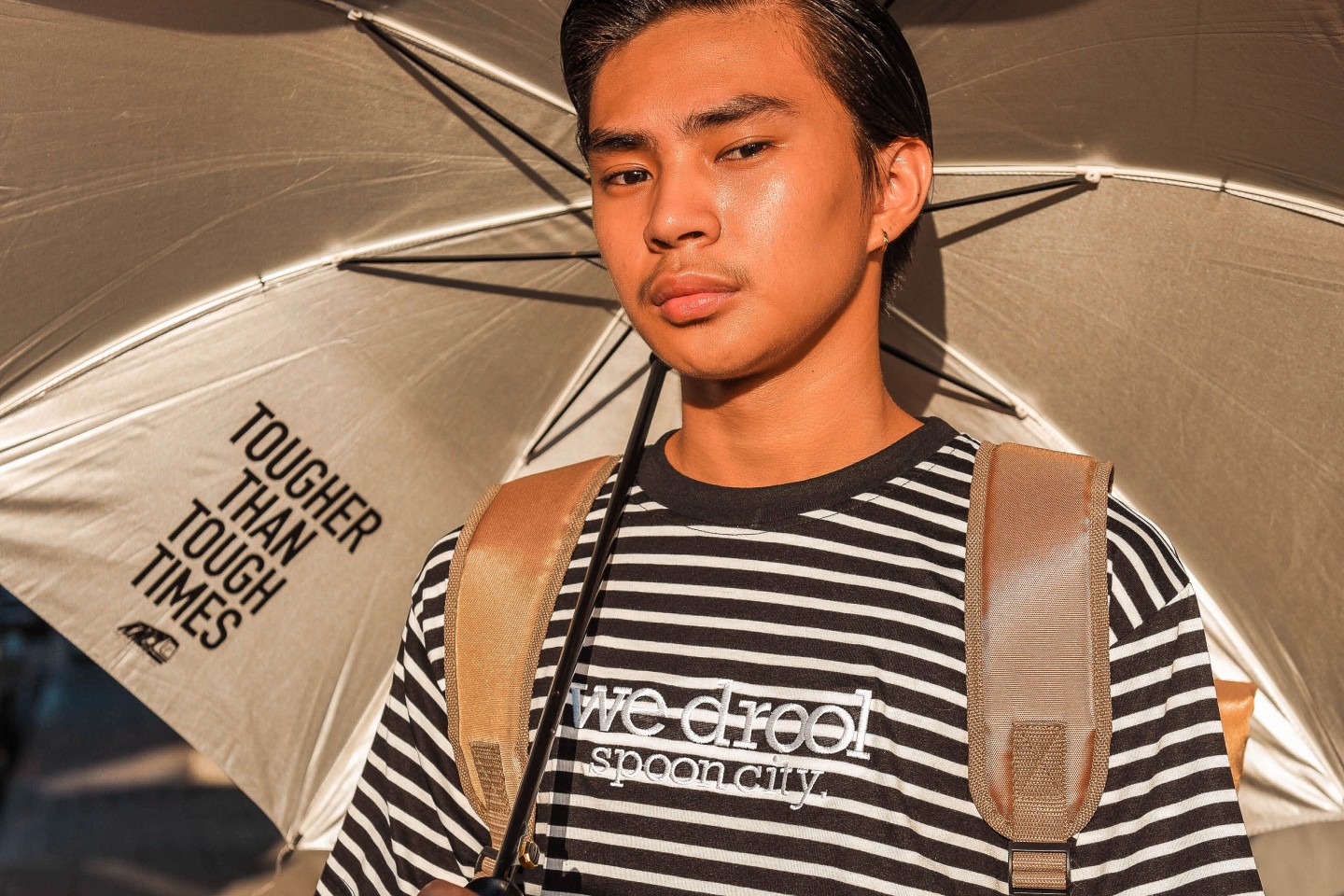In the world of fashion, trends change in a snap. What’s covetable now may no longer be relevant tomorrow. And in hype culture — “essentially a term used to describe a generation obsessed with finding the next big thing. It is a culture bent on excitement and adrenaline — almost to the point of self-exhaustion,” according to Bagpipe, — it is important to know what makes your brand authentic and your products tangible. We sat down with people from the community — Omar Quiambao of Commonwealth, Rik Rasos of Proudrace, and Julo De Guzman of UNSCHLD & Perea Street — to discuss more about the culture, work, and lifestyle of what we call “Streetwear.”
People have different definitions of streetwear. Some say it’s a subculture of skate and surf, others describe it as an intersection of fashion and music particularly hip-hop, or it was born out of the love for basketball, where you see different kinds of sneakers in and outside of the court. For some, it’s simply aesthetic, but for Julo De Guzman, “the concept of streetwear for me is simply what resonates to you, what you see in your everyday life. Whatever experience, whatever thing, and then you have a piece of platform or clothing to express that moment that resonated with you.”

While streetwear may seem like an aspirational everyday outfit, not much has been published about the streetwear culture in the country as the industry itself is still at its infancy. Before the rise of digital world and social media, the only way to discover streetwear brands and get your hands on limited items is to read about them on tiny magazines and actually visit a store. “The culture didn’t favor online shops, a lot of it was about discovering things outside the mainstream,” shared Omar Quiambao. Nowadays, streetwear drops are being teased in the digital space before the official day, mostly creating hype, and then you’ll see hundreds of people line up outside the store for hours just to cop a product. While the word “hype” may have a negative connotation right now, for Julo De Guzman, “it’s really just storytelling done the best way, maximizing the platform to tell the story. The concept of hype is the byproduct of meticulously preparing your story for people to consume.”
But even if streetwear enthusiasts know for sure that they won’t be able to get the product, for them, it’s also where the community gathers and where they can meet like-minded people. The “community” is also one of the important aspects of streetwear. Commonwealth as a brand started in Virginia USA, with a goal to unite all other communities present in the city like skateboarding, surfing, basketball, and music. They would throw events that draw these crowds, and it ended up being their streetwear community. But is the intersection of cultures something unique to streetwear? For Omar Quiambao, co-founder of Commonwealth, “I don’t think it’s just streetwear, I think it’s creative culture in general. My perspective is, creative people tend to have an open mind as far as being open to see different points of view. Their open-mindedness allows them to see what’s going on around, and that creates a discourse.”
The creative space specifically in fashion can be pretty saturated sometimes especially in the digital space, and people are obsessed with the number of followers and the likes. You scroll through the feed and spend an average of 1.5 seconds per image, but you miss the story behind that post or that product. For Rik Rasos, co-founder and designer of Proudrace, much of the success of the brand comes from authenticity of the design intention and execution. “The idea is to create your own following through your own story, through being yourself and playing with your brand’s strength or your strengths as a brand owner. By producing honest products, the tribe will eventually come to you,” he shared. Aside from knowing your own strength as a brand, collaborations also come into play as it is a point of learning something new about your own brand through others. “You’re kind of given an outside point of view of how you do things and how you push your brand. Collaborations are important because you get to expand your market, and build community and connections,” Rik added.
Now that there’s a global pandemic, the fashion industry itself is deemed as “non-essential.” While shops are slowly opening up again, there’s still clearly an absence of foot traffic in the brick and mortars and everyone is heading towards the e-commerce route. However, Omar Quiambao believes that while it is important to have an online community, streetwear is still about the style and representation. While making sure that everyone is safe during this time, “Without brick and mortar, you might as well not call it streetwear, you might as well call it screenwear,” he said. But for brands like UNSCHLD, Proudrace, and Commonwealth, who had plans laid out before the pandemic, this is also giving them time to recalibrate and sustain their conversations within the community. “It’s important to challenge yourself to make products that are more efficient,” said Rik. It’s also a good time to explore different ways on how to translate your ideas into your clothing, and by the time when the community can meet again, all those ideas will turn into implementation.







